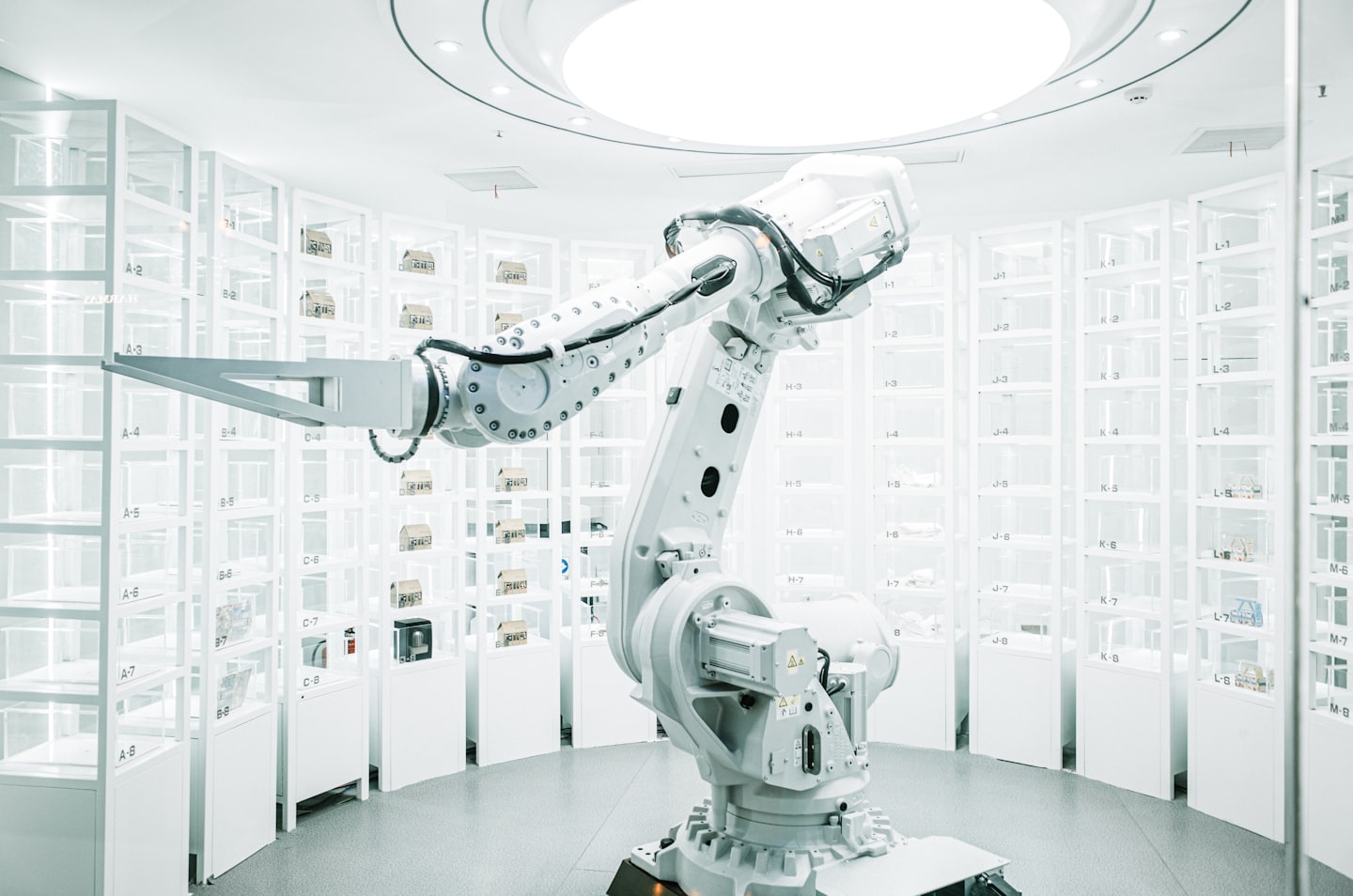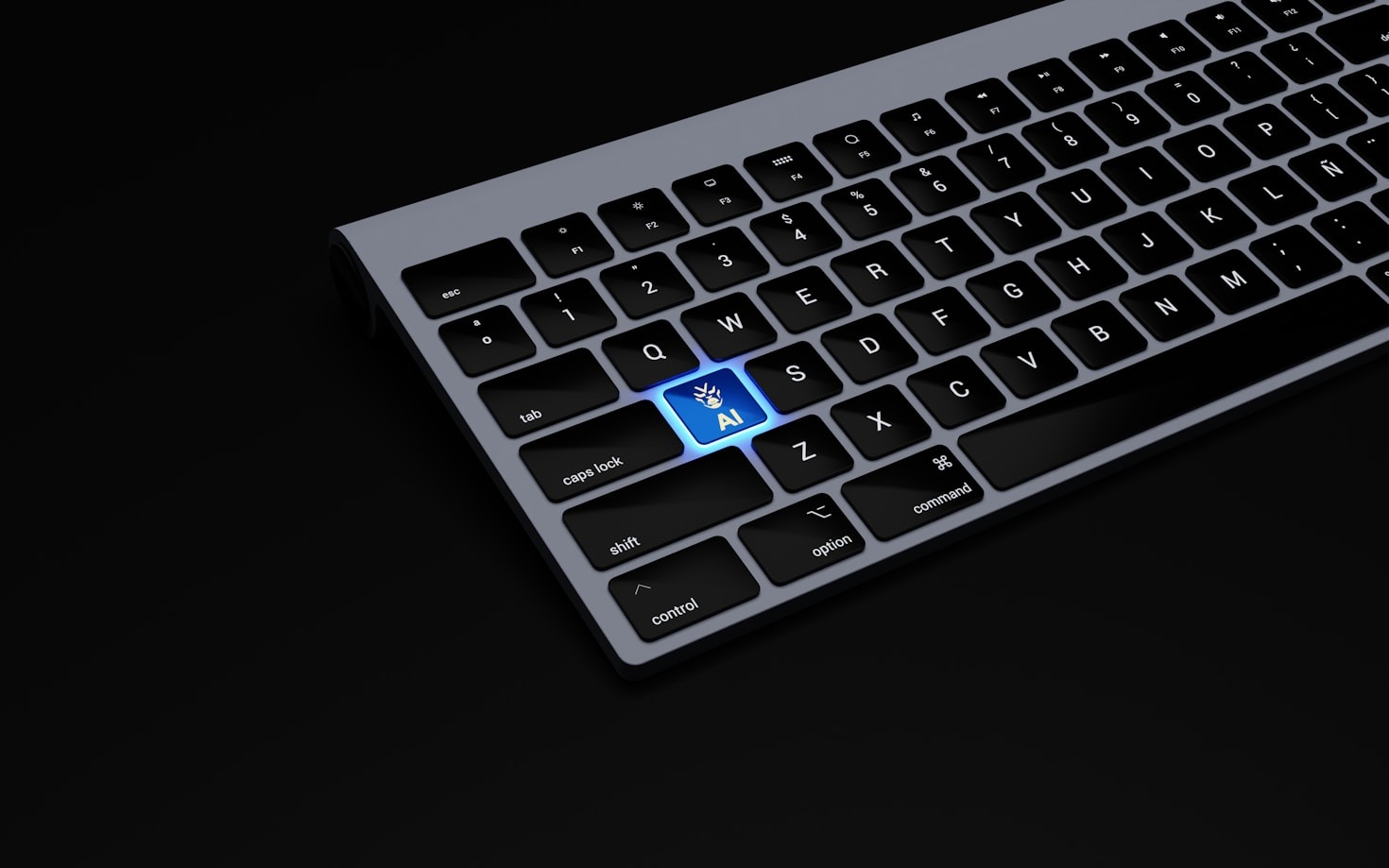The future of IT development is autonomous, driven by an “Agent Explosion” where AI systems manage increasingly complex, end-to-end workflows. In 2026 and beyond, the most successful enterprises will pivot their focus from merely using AI tools to governing a collaborative ecosystem of intelligent agents.
We see three interconnected trends defining the landscape of AI-driven IT development: the rise of Multi-Agent Systems, the necessity of Domain-Specific Context, and the emergence of Vibe Coding as a rapid prototyping methodology.
🤖 Trend 1: The Rise of Multi-Agent Systems
The biggest shift is moving from single-task AI (like a simple GenAI chatbot) to Multi-Agent Systems (MAS). These are coordinated collections of specialized AI agents that interact with each other and humans to achieve complex, shared business goals.
- What it means: Imagine a financial agent that monitors market data, passes an anomaly to an alert agent, which then communicates with a compliance agent that automatically generates a required audit trail and notifies a human manager. This is Hyperautomation at scale.
- The Discipline Imperative: This exponential increase in autonomous agents creates a massive governance challenge. Who is responsible when Agent A provides faulty data to Agent B? Our 20+ years of IT discipline are essential here, providing the rigorous frameworks needed for agent vetting, orchestration, and accountability to prevent “agent sprawl” and ensure consistent, auditable outcomes.
🎯 Trend 2: The Criticality of Domain-Specific Context
Generic Large Language Models (LLMs) are powerful, but they often struggle with the nuances and proprietary data of an individual enterprise. The next wave of value comes from Domain-Specific Language Models (DSLMs) and custom context layers.
- The Context Gap: A universal LLM can write code, but a contextually-aware agent can write secure, documented code that adheres to your company’s 10-year architectural roadmap and leverages proprietary internal APIs.
- Our Solution: Model Context Protocol (MCP): Our proprietary Model Context Protocol (MCP) is specifically designed to solve this context problem. By integrating LLMs with custom, secure datasets and internal systems, MCP ensures every AI agent—from a coding assistant to a project manager—operates with the full, trusted, and up-to-date knowledge of your domain. This moves AI from a creative tool to a reliable, high-integrity decision-maker.
🚀 Trend 3: The Promise and Peril of Vibe Coding
Vibe Coding is an emerging development methodology that leverages Generative AI to rapidly produce functional code based on natural language prompts (or “the vibe” of the desired outcome). It is a game-changer for speed and creativity.
- The Promise: Vibe coding dramatically shortens the time from idea to prototype, democratizes development for those without deep coding expertise, and is perfect for quick experimentation, MVPs, and internal tools. We embrace the speed of innovation that low-code/no-code platforms and vibe coding offer.
- The Enterprise Peril: However, vibe coding carries significant risks that enterprises cannot ignore:
- Security & Vulnerabilities: AI-generated code is often trained on public repositories and can inadvertently include outdated dependencies, hardcoded secrets, or insecure patterns (like missing input validation), creating a massive security liability if shipped to production without review.
- Maintainability & Technical Debt: Vibe-coded solutions often lack a coherent architectural structure, documentation, and unit tests. They quickly become “spaghetti code on steroids,” creating a mountain of technical debt that is expensive and time-consuming for human developers to maintain or scale.
The lesson is clear: Embrace the Vibe for prototyping; enforce discipline for production.
💡 The Anothersite™ Advantage: Discipline Over Drift
At Anothersite™, we believe the future belongs to those who can apply governance to genius. We help clients harness the speed of vibe coding and the power of Multi-Agent Systems while ensuring enterprise-grade security and maintainability.
We treat AI as a Co-Pilot, never an autopilot. The human developer’s role is elevated to one of architect, validator, and maintainer, steering the AI’s output toward the highest standards of quality and security.
Our Digital Transformation Audits specifically assess the integration points for AI, ensuring that every generative system—including those generated by “vibe”—is subjected to rigorous security scanning, architectural review, and testing, all backed by our 20+ years of project management expertise.



